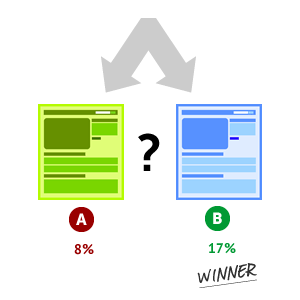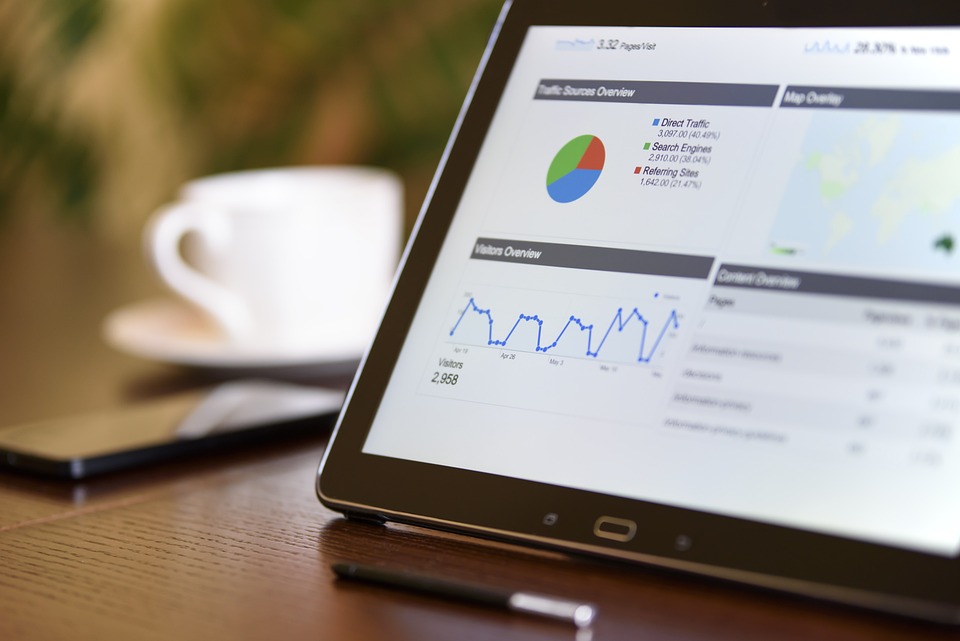
A/B Testing Your Email Marketing Campaigns
- 0
When it comes to email marketing, one of the most important strategies for optimizing your campaigns is A/B testing. A/B testing allows you to compare two versions of an email to see which one performs better. By testing different elements such as subject lines, copy, images, and call-to-action buttons, you can gain valuable insights into what resonates with your audience and ultimately improve your email marketing results. In this article, we will discuss the benefits of A/B testing and provide some tips for running successful tests on your email campaigns.
Benefits of A/B Testing
There are several benefits to incorporating A/B testing into your email marketing strategy. By testing different elements of your emails, you can:
Gain insights into what resonates with your audience
Improve open and click-through rates
Increase conversions and sales
Optimize your email marketing strategy over time
Tips for Running Successful A/B Tests
When running A/B tests on your email campaigns, it’s important to follow some best practices to ensure your tests are meaningful and provide actionable insights. Here are some tips for running successful A/B tests:
1. Define Your Testing Goals
Before running any tests, it’s important to clearly define your testing goals. Are you looking to improve open rates, click-through rates, or conversions? By setting specific goals, you can tailor your tests to focus on the metrics that matter most to your business.
2. Test One Element at a Time
To accurately measure the impact of each test, it’s important to only test one element at a time. This could be the subject line, copy, images, or call-to-action button. Testing multiple elements simultaneously can muddy the results and make it difficult to determine what caused the change in performance.
3. Segment Your Audience
Segmenting your audience is key to running effective A/B tests. By segmenting your audience based on demographics, behavior, or preferences, you can ensure that your tests are targeted to the right people. This allows you to gather more accurate insights into what resonates with each segment of your audience.
4. Use Statistical Significance
When analyzing the results of your A/B tests, it’s important to use statistical significance to determine if the differences in performance are significant or just due to random chance. Tools like A/B testing calculators can help you determine if your results are statistically significant and actionable.
5. Iterate and Learn
Finally, don’t forget to iterate and learn from each test. Use the results of your tests to inform future email campaigns and continue to refine and optimize your email marketing strategy over time. A/B testing is an ongoing process that can help you continually improve your email marketing results.
Conclusion
A/B testing is a powerful tool for optimizing your email marketing campaigns and improving your overall email marketing strategy. By testing different elements of your emails and analyzing the results, you can gain valuable insights into what resonates with your audience and ultimately drive better results. Follow the tips outlined in this article to run successful A/B tests and take your email marketing to the next level.
Are you ready to start A/B testing your email campaigns? Get started today and see how small tweaks can make a big impact on your email marketing performance!

